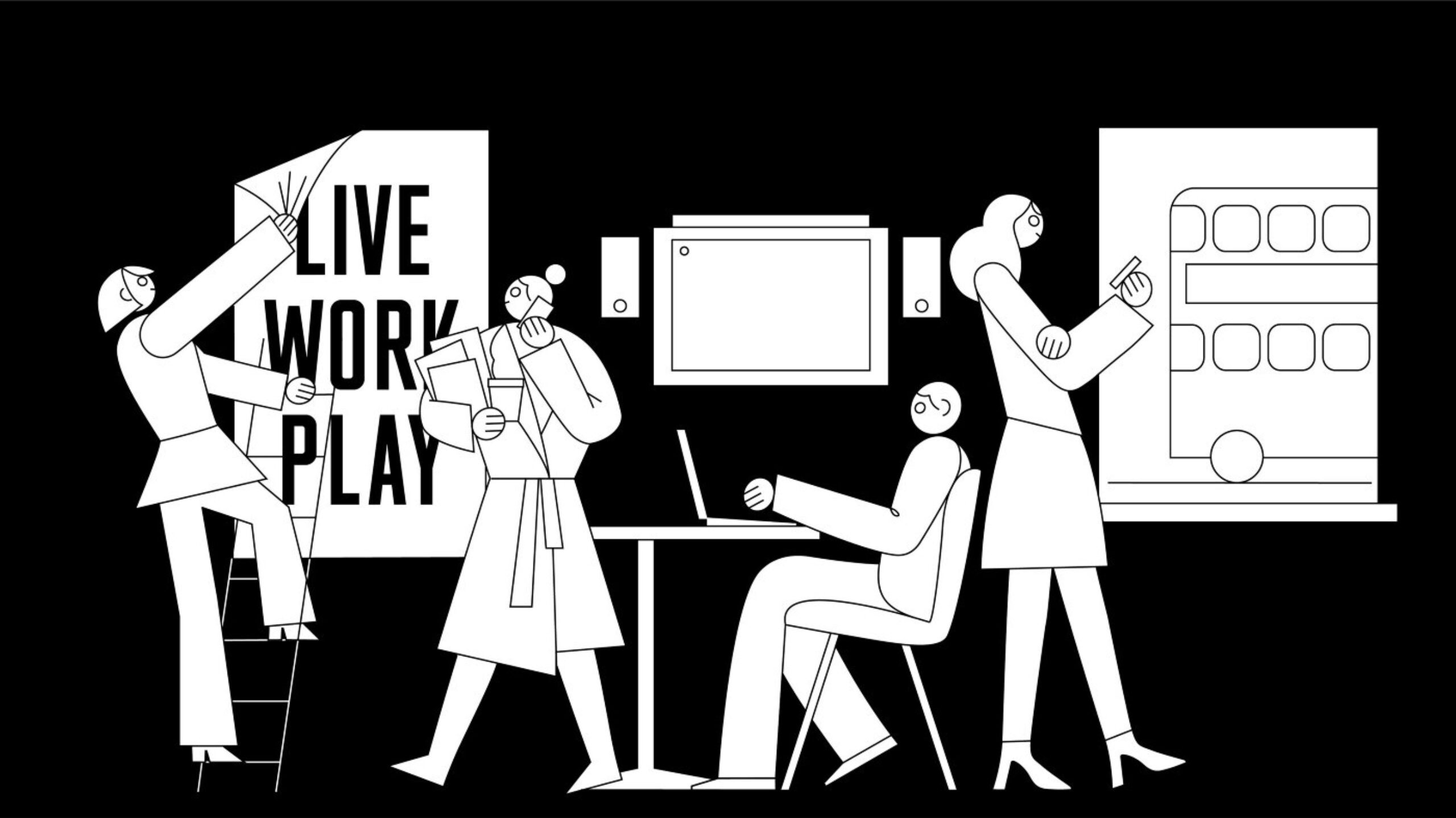
The mantra so ubiquitous that Florida used it twice. Come on, developers, surely we have more to say?
A long time ago, I visited a distant relative in a South American prison (it was white-collar crime, before I lose you). What stayed with me were two things: one, he played tennis — yes tennis — every single day. Maybe more than once a day. Second, he was running a pretty interesting jewellery-making business from prison, giving employment to himself and some of his jailbird friends and possibly lining the pockets of the warden.
All in all, we can safely say he lived there, worked there, played there. Live work play. Wanna go check it out?
If the prison story is a stretch maybe this experiment brings it closer to home. Google ‘live work play’. What do you see? 8 billion 300 million results. It’s true, these three words are deeply embedded in our lexicon. The news tab shows countless headlines about mixed-use developments and townships ‘hoping to combine the live work play’ lifestyle.
Type in ‘live work play logo’ and you see how many cities and developments have adopted this as their mantra — Downtown Orlando, Palm Beach (come on, Florida, twice?), Anchorage, New South Wales. There are even ‘live work play’ off-the-shelf logos on image libraries. It’s ubiquitous! Like those little neatly tied up bags of doggy poop people seem to not be able to throw away.
“‘Live work play’ is a foundation — the lowest common denominator. It’s literally ‘what’ your customer can do. It doesn’t tell your customer what you do differently.”
‘Live work play’ is a foundation — the lowest common denominator. It’s literally ‘what’ your customer can do. It doesn’t tell your customer what you do differently, how it benefits them, how you promise to do it better than anyone else, or more importantly why it matters so much to you. Surely we have all watched Simon Sinek by now.
So I was surprised in the last weeks to see variations of ‘live work play’ still playing out as headlines in lazy journalism, rolled out as ‘new’ corporate brand straplines by freshmen consultancies to the industry, and being reached for by developers like that comfortable old jumper you’ve had for so long but haven’t noticed is more than a little moth eaten.
I’d like to show you why it’s not only safe but imperative to reach for a new narrative: perhaps there has never been a more important or indeed fascinating time for cities and developers. The pandemic has us appreciating local everything — our parks, our corner grocer, our schools, our restaurants, bars and pubs. We are confused as hell about whether working from home is fantastic or if it’s just living at work. Neither are we particularly turned on by the idea of going back to 5-days of commuting.
We see rampant anxiety and loneliness, and young people in desperate need of role models and mentorship. And the parents among us have learned that while extra time with the kids is a gift, homeschooling is driving us around the bend.
“It’s an epic time to re-evaluate, have an opinion, experiment and do things differently, to do things better.”
All of this, over the course of a year, has had enough cultural impact to change the way we ‘live work and play’ forever — we’ve seen it impacting architectural design already. The ‘15-minute city’ thesis has city planners re-evaluating their masterplans. Developers long on retail centres are reinventing this now unpopular asset class into mixed-use in a big hurry. ‘Live work play’ is no longer a thing. It’s just, well, everything. And therefore nothing.
What do we, as an industry, as city planners and developers, really have to say about how we approach the future of our cities? It’s an epic time to re-evaluate, have an opinion, experiment and do things differently, to do things better.
You have more to say than ‘live work play’. Let’s hear it.